A Forgotten Chapter in Human Evolution: The Hidden Ancestry of Modern Humans
Anthropology.net
MARCH 18, 2025
Rather than a single lineage evolving smoothly over time, the evidence suggests a history of separation and recombination," says Cousins. This approach circumvents the need for physical fossils, offering a way to reconstruct population history even when no bones or artifacts remain. Ancient DNA and the new science of the human past.

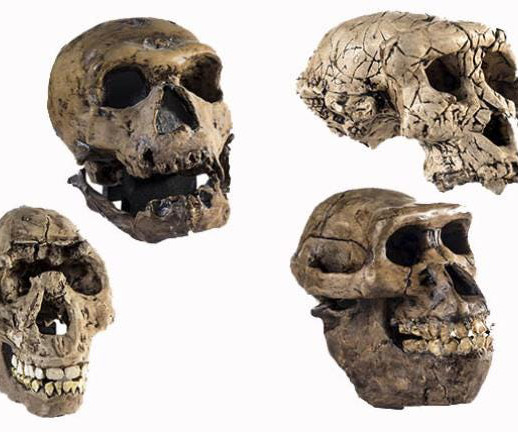

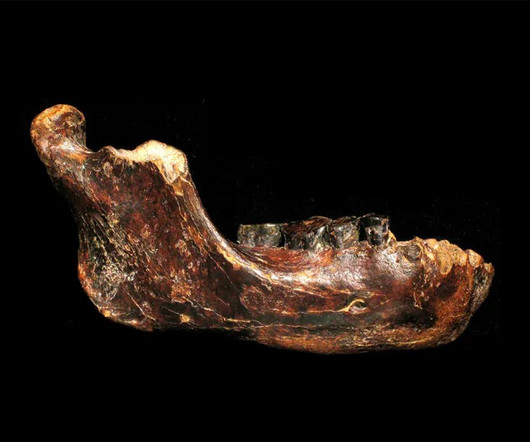
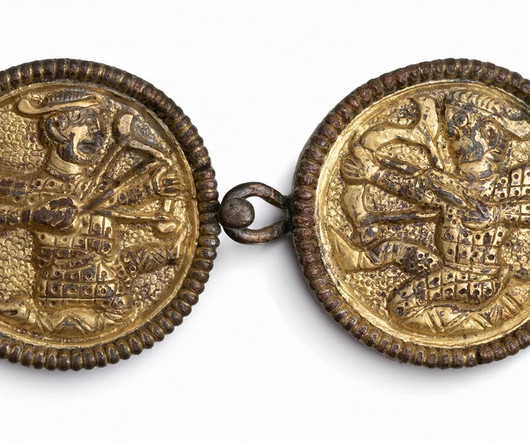
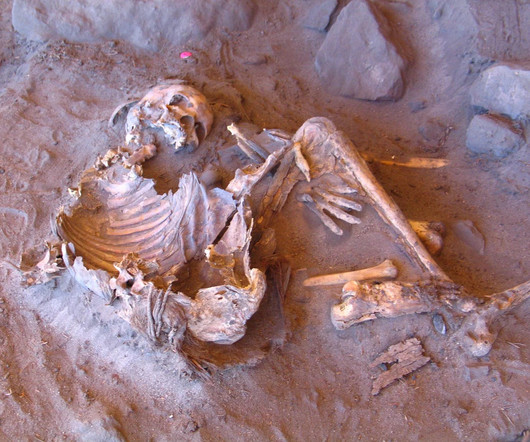
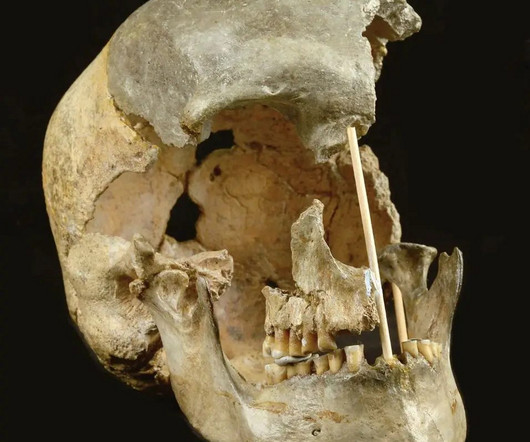
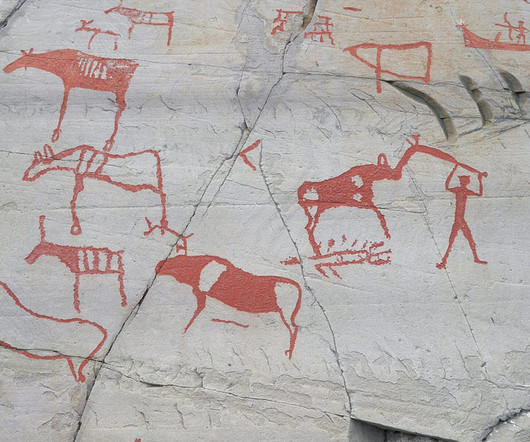
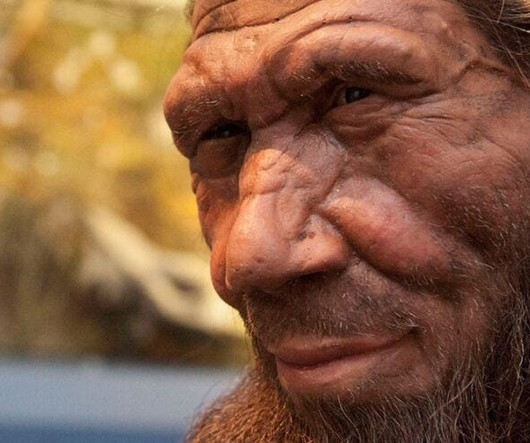
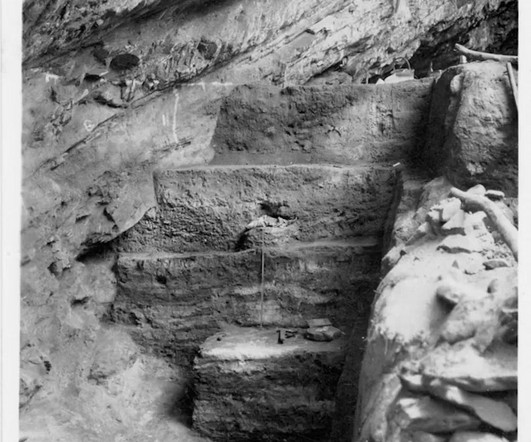


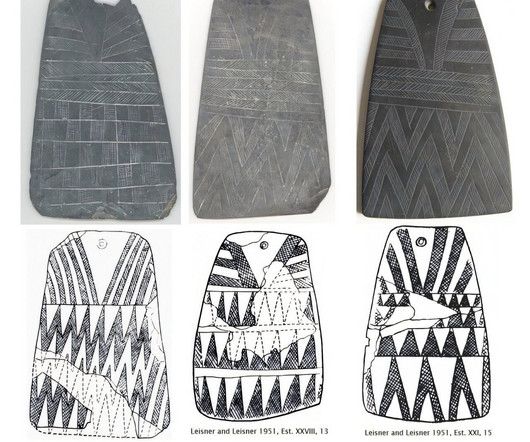








Let's personalize your content